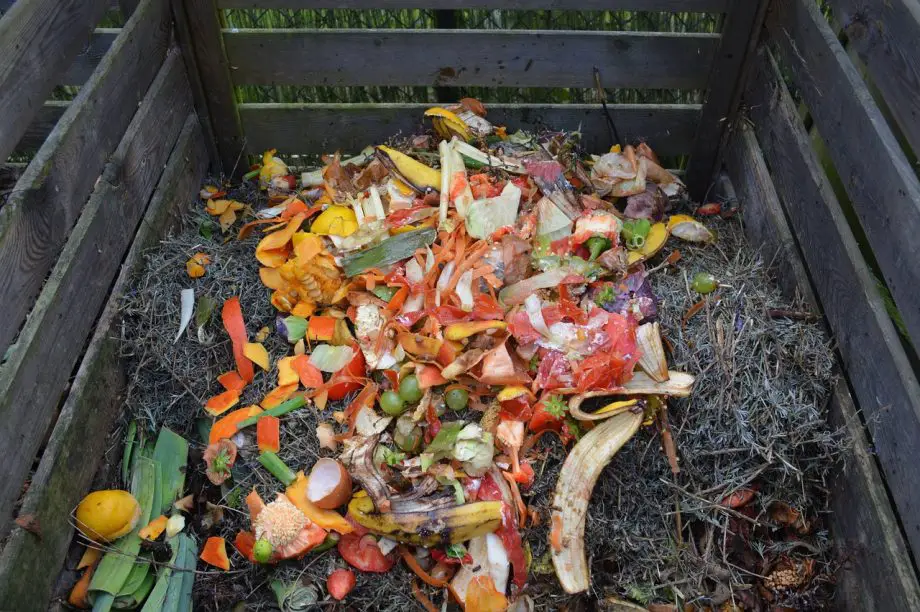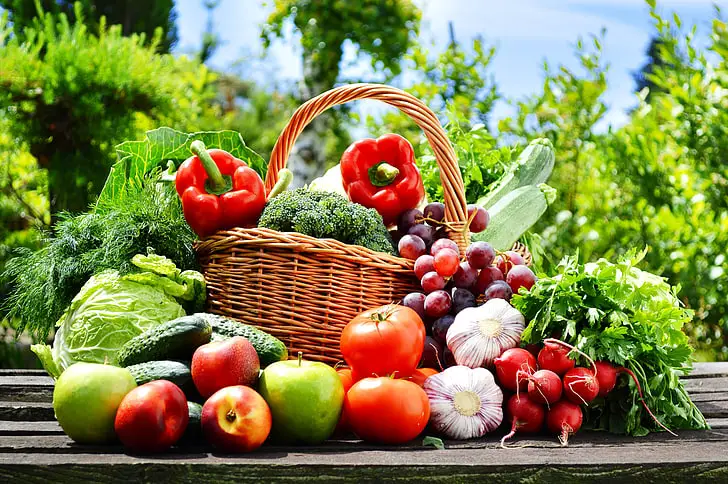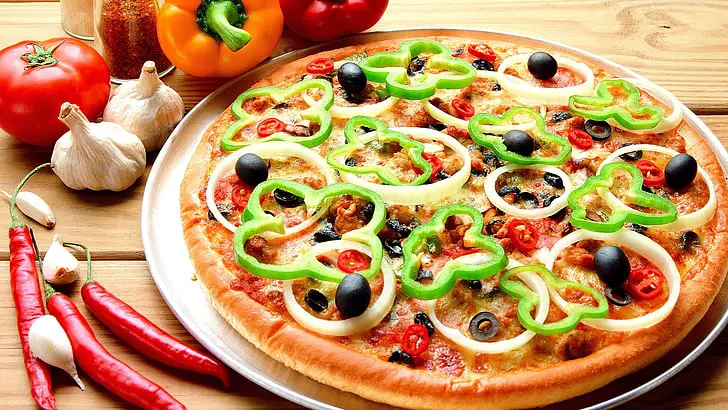
Discover simple and practical ways to reduce food waste in the kitchen, save money, and make a positive impact on the environment. Join us on this journey!
Ever find yourself tossing out wilted veggies or spoiled leftovers? You’re not alone, but there’s a solution!
Exploring ways to reduce food waste in the kitchen not only helps your wallet but also makes a positive impact on the environment.
From planning meals to storing fresh produce properly, there are plenty of simple strategies that can turn your kitchen into a waste-free zone.
Let’s dive into these practical tips together!
Ways to Reduce Food Waste in the Kitchen
Looking to make a change in your daily habits that’s good for both your pocketbook and the planet?
Finding ways to reduce food waste in the kitchen is a great place to start!
In this post, we’ll explore everything from the startling statistics of food waste to practical tips for planning, shopping, and cooking.
We’ll even delve into community efforts and answer some frequently asked questions.
Whether you’re a seasoned chef or just starting to cook, these insights will help you make the most of your groceries and minimize waste. Let’s get started!
Definition of Food Waste
Food waste is something we’ve all encountered, but what exactly does it mean?
In simple terms, food waste refers to any edible food item that ends up in the trash instead of on our plates.
It could be those broccoli stems you tossed out, the stale bread forgotten at the back of the fridge, or even the leftovers from last night’s dinner.
It’s not just about throwing away food. It’s about wasting the resources, time, and energy that went into producing that food.
And the amount of food wasted is staggering, especially in places like the United States.
Importance of Reducing Food Waste
Now, you might be wondering why reducing food waste is such a big deal. Well, it’s not just about saving a few bucks on your grocery shopping.
Reducing food waste has a significant impact on the environment.
Think about it: when we waste food, we’re also wasting water, land, and energy used to grow, transport, and store that food.
Plus, food waste contributes to greenhouse gases, affecting climate change.
On a personal level, being mindful of food waste helps you make the best use of fresh produce and other perishable foods, leading to more delicious meals and a happier wallet.
Overview of the Article
So, what’s in store for you in this article? We’ll explore practical and easy ways to reduce food waste in the kitchen, from making a smart grocery list to understanding expiration dates and using a compost bin.
We’ll also look at community efforts and governmental support in reducing food waste.
And don’t miss our FAQs section, where we’ll answer common questions like how to store food for later use or how to make sure food stays fresh.
Whether you’re looking to make smaller portions or find new recipes for those celery leaves and egg shells, we’ve got you covered.
Let’s embark on this journey toward a zero-waste kitchen together!
Statistics and Impact of Food Waste
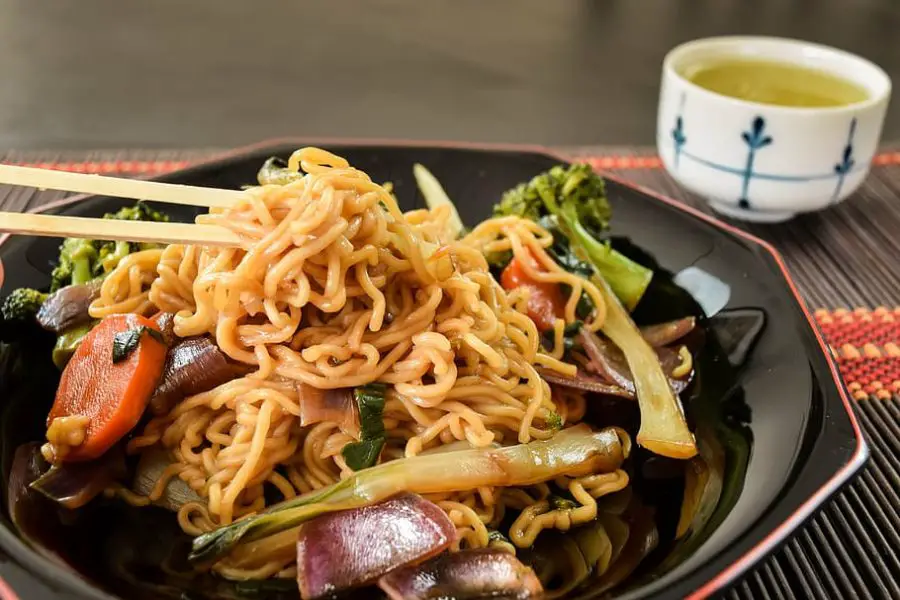
Ready to dive into some eye-opening numbers? The statistics surrounding food waste are more than just figures on a page.
They tell a story of how much food ends up unused and the profound impact it has on our world.
From the tons of food wasted daily to the environmental consequences, understanding these facts helps us grasp the importance of the issue.
So, grab a cup of coffee (and don’t forget to use those coffee grounds later in your compost bin) as we explore the statistics and impact of food waste. It’s time to turn awareness into action!
Global and National Statistics
Did you know that one-third of all food produced globally goes to waste? That’s a mind-boggling amount of food!
That’s about 1.3 billion tons per year, worth approximately US$1 trillion1.
In the United States, the numbers are equally staggering, with significant food loss occurring at various stages.
These aren’t just statistics; they represent a global challenge that we can all play a part in solving.
Imagine filling up a whole stadium with fresh fruit, vegetables, bread, and more, only to throw it all away.
That’s the scale we’re talking about. And it’s not just a problem in high-income countries; food loss happens at various stages in different parts of the world.
These numbers aren’t just statistics; they represent a global challenge that we can all play a part in solving.
Environmental Impact
Now, let’s talk about our planet. Wasting food isn’t just about the food itself; it’s about all the resources that went into growing, transporting, and storing it.
When we toss out those broccoli stalks or let fresh herbs go bad, we’re also wasting water, land, and energy.
And don’t forget the greenhouse gases emitted during production and transportation, contributing to climate change.
Even the methane released from food decomposing in landfills adds to the problem.
It’s like driving a car for miles and miles, only to realize you’ve been going in circles. Reducing food waste is a simple and effective way to lessen our carbon footprint.
Economic Impact
Let’s bring it back home to your own kitchen and wallet. The economic impact of food waste is felt not only by farmers and retailers but also by everyday consumers like you and me.
In industrialized countries, more than 40% of losses happen at retail and consumer levels.
By understanding expiration dates, making a smart grocery list, and storing food properly, we can make better use of our groceries and save money.
Together, these statistics and impacts paint a picture of a significant global issue that affects us all.
But the good news is that small steps in our own kitchens can make a big difference.
Whether it’s using airtight containers for leftovers or finding delicious ways to use those broccoli stems, we can all contribute to reducing food waste. Let’s keep exploring how!
These sources provide credible information to back up the statistics mentioned, adding depth and authenticity to the content. If you need more specific sources for other statistics, please let me know!
5 facts about food waste and hunger. The shocking cost of poor storage in the farms of developing countries — and careless shopping in rich ones
Ways to Reduce Food Waste at Home

So, we’ve talked about the big picture, but what about right in your own kitchen?
Reducing food waste at home is something we can all do, and it’s easier than you might think!
Whether you’re a culinary whiz or just learning to boil water, there are practical ways to make sure less food ends up in the trash. From savvy shopping to creative cooking, we’ll explore tips and tricks that not only reduce waste but also enhance your meals.
Ready to become a zero-waste hero in your own kitchen? Let’s dig into these tasty solutions!
Planning and Shopping Tips (Source: EPA)
1. Making a Weekly Meal List: Planning your meals for the week? That’s a great way to avoid food waste.
By knowing exactly what you need, you can buy just the right amount of fresh produce, meat, and other perishables.
No more guessing at the grocery store and ending up with too much food!
2. Avoiding Overbuying: Ever been tempted by a sale and ended up with more than you can use? It happens to the best of us.
But being mindful of what you really need helps you avoid overbuying.
Remember, a bargain isn’t a bargain if it ends up in the trash.
3. Buying Imperfect Produce: Those oddly shaped carrots or slightly bruised apples? They’re just as tasty!
Buying imperfect produce not only saves you money but also helps reduce food waste at the grocery store level.
Storage Tips (Source: EPA)
1. Proper Storage of Fruits and Vegetables: Storing fruits and vegetables properly can extend their shelf life.
For example, keeping leafy greens in an airtight container or storing potatoes in a cool, dark place.
Little changes like these can make a big difference in how long your fresh produce lasts.
2. Freezing Food: Got too much food? Freezing is your friend! From fresh herbs in ice cube trays to leftover soups in freezer bags, freezing food preserves it for later use. It’s like a time machine for your meals!
Cooking and Preparation Tips (Source: EPA)
1. Repurposing Ingredients: Leftover rice? Stale bread? These aren’t waste; they’re opportunities! Turn that rice into fried rice or those bread ends into breadcrumbs. Getting creative in the kitchen means less food in the bin and more delicious dishes on your table.
2. Understanding Expiration Dates: Those dates on food labels can be confusing, but understanding them can save a lot of food from being wasted.
Use-by dates, best-by dates, and expiration dates all have different meanings.
Knowing the difference helps you make the best judgment on whether food is still good to eat.
3. Freezing and Preserving Surplus Produce: Got a bumper crop of tomatoes or a big batch of soup?
Freezing and preserving surplus food means you can enjoy it later. From canning to pickling, there are plenty of ways to keep food delicious and safe.
Becoming a Zero-Waste Chef (Source: India Today)
1. Utilizing Every Part of Food: Those broccoli stalks and carrot tops? They’re edible and delicious!
Utilizing every part of food not only reduces waste but also adds flavor and nutrition to your meals.
2. Sharing Surplus Food: Made too much? Share it! Whether it’s with family, friends, or local food banks, sharing surplus food spreads the love and reduces waste.
3. Feeding Table Scraps to Animals: If you have pets or farm animals, some table scraps can be a tasty treat for them. Just be sure to know what’s safe for them to eat.
These practical tips and insights offer a roadmap to reducing food waste in your own kitchen.
From planning and shopping to cooking and sharing, every step offers an opportunity to make a positive impact.
Ready to try some new recipes and make the most of your groceries? Let’s keep cooking!
Community and Governmental Efforts

But wait, it’s not just about what we do in our own kitchens! Reducing food waste is a community and even a governmental effort.
From local composting programs to national initiatives, there’s a whole world of support out there to help us all waste less and enjoy more.
Curious about how your town, city, or country is getting involved in the fight against food waste?
Let’s explore the bigger picture and see how we can all be part of the solution. It’s teamwork at its best!
EPA Toolkits for Community and Home (Source: EPA)
The U.S. Environmental Protection Agency (EPA) is on a mission to help us all reduce food waste, and they’ve got the tools to prove it!
From handy guides for planning meals to tips on storing leftovers, the EPA provides resources that make it easy for individuals and communities to cut down on waste.
Ever wondered how to start composting at home or in your community garden? The EPA has guidelines for that too.
It’s like having a friendly neighbor who’s an expert in reducing waste, always ready to lend a hand or share a tip.
These toolkits are available online, making it easy for anyone to get started on the path to a zero-waste kitchen.
Donation and Composting Options (Source: EPA)
But what about the food that you can’t use? That’s where donation and composting come in.
Many communities have food banks and shelters that welcome donations of unopened, non-perishable items.
It’s a great way to share what you have with those in need.
And for the food that’s past its prime? Composting turns those vegetable scraps, coffee grounds, and other organic materials into nutrient-rich soil.
It’s like giving back to the Earth, turning waste into something that helps plants grow.
Many cities offer composting facilities, and some even provide compost bins for home use.
It’s a win-win situation, turning what could be waste into something valuable for the community.
Together, these efforts show that reducing food waste isn’t just an individual task; it’s a community and governmental effort.
With resources, support, and a little creativity, we can all contribute to a world with less food waste.
Whether it’s using the EPA’s toolkits or donating to a local food bank, every small step adds up to a big difference. Let’s keep working together!
FAQs: Ways to Reduce Food Waste At Home
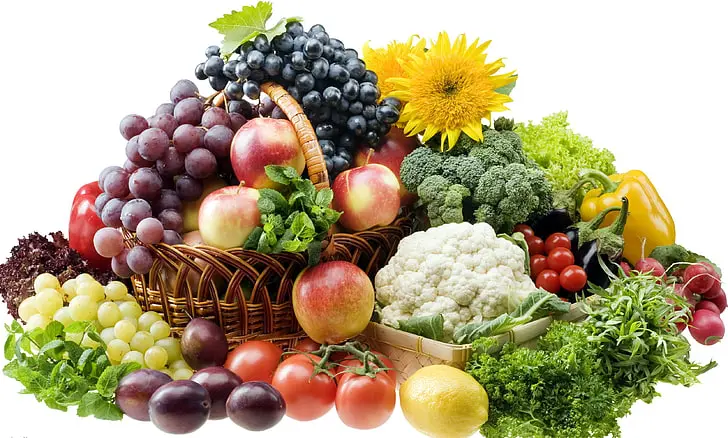
Got questions? You’re not alone! When it comes to reducing food waste, many of us have the same queries buzzing around our heads.
How do I store this? Can I still eat that? What’s the best way to use leftovers? Don’t worry; we’ve got the answers!
In this FAQ section, we’ll tackle some of the most common questions about reducing food waste in the kitchen.
So grab that lingering question from the back of your mind, and let’s find the answers together. It’s like having a friendly chat with a food-saving guru!
Q: What are the environmental impacts of food waste?
A: The environmental impacts of food waste are far-reaching. When we waste food, we’re also wasting the water, land, and energy used to produce it.
Decomposing food in landfills releases methane, a potent greenhouse gas that contributes to climate change.
Plus, the transportation of wasted food adds to carbon emissions. In short, reducing food waste is a significant step towards a greener planet.
Q: How can I store fruits and vegetables to make them last longer?
A: Storing fruits and vegetables properly can extend their freshness. For example, keep tomatoes at room temperature, store leafy greens in airtight containers, and keep potatoes in a cool, dark place.
Some fruits and vegetables give off gases that can affect others, so separating them can help too.
Little changes in how you store your fresh produce can make a big difference in how long they last.
Q: Can I still cook with food that is past its prime?
A: It depends on the food and how far past its prime it is. Use your best judgment and senses.
If it smells off, has mold, or the texture has changed significantly, it’s best to discard it.
But slightly wilted vegetables can be revived in ice water or used in soups and stews.
Understanding the meaning of date labels like use-by and best-by can also help you make informed decisions.
Q: What are some ways to repurpose leftover food?
A: Leftovers are a treasure trove of culinary creativity! Turn last night’s roasted vegetables into a frittata, use stale bread for breadcrumbs or croutons, or blend leftover soup into a sauce for pasta.
Freezing leftovers for later use is also a great option. Think of leftovers as ingredients for new recipes, and you’ll find endless delicious ways to repurpose them.
These answers provide practical insights and tips to common questions about reducing food waste.
Whether you’re wondering about the big picture or the details of daily kitchen life, we’ve got you covered. Keep these tips handy, and you’ll be a food-saving pro in no time!
Ways to Reduce Food Waste in the Kitchen Conclusion
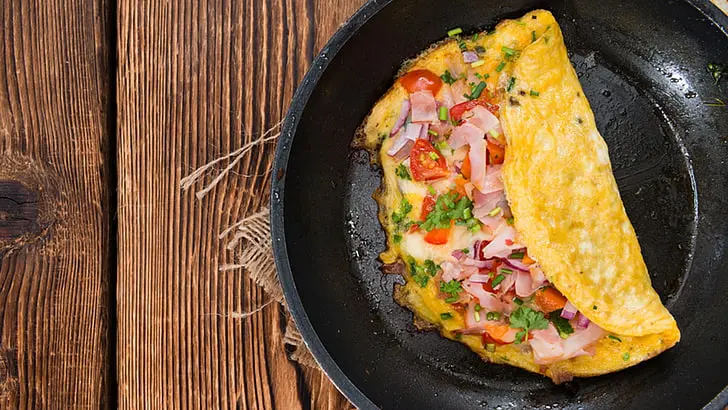
We’ve come a long way, haven’t we? From eye-opening statistics to practical tips and community efforts, we’ve explored the many facets of reducing food waste in the kitchen.
But this isn’t the end of the journey; it’s just the beginning! As we wrap up, let’s take a moment to reflect on what we’ve learned and how we can apply it in our daily lives.
Ready to make those small changes that lead to big impacts? Let’s tie it all together and set the stage for a waste-free kitchen adventure!
Summary of Key Points
We’ve covered a lot of ground, haven’t we? Let’s take a quick stroll down memory lane:
• Food Waste Definition: We learned what food waste is and how it’s more than just tossing out leftovers; it’s about wasting resources, too.
• Statistics and Impact: We delved into the global and national statistics, environmental consequences, and the hit on our wallets.
• Ways to Reduce Waste at Home: From planning meals to becoming a zero-waste chef, we explored practical tips for every kitchen.
• Community and Governmental Efforts: We discovered how the EPA and local communities are working together to reduce waste.
• FAQs: We answered common questions, providing insights and tips for everyday kitchen challenges.
Encouragement to Take Action
Now it’s your turn! Reducing food waste isn’t just a trend; it’s a lifestyle change that benefits us all.
Whether it’s trying a new recipe with vegetable scraps or starting a compost bin, every small step counts.
Think of it as a culinary adventure, exploring new flavors while saving money and the planet.
You’ve got the tools, the knowledge, and the inspiration. So why not start today?
Grab that shopping list, open the fridge, and let’s make the most of our food. Together, we can turn our kitchens into waste-free wonderlands!
And there we have it! A comprehensive guide to reducing food waste in the kitchen.
It’s been a delightful journey, and I hope you’ve found inspiration and practical tips to take with you. Happy cooking, and here’s to a waste-free future!




